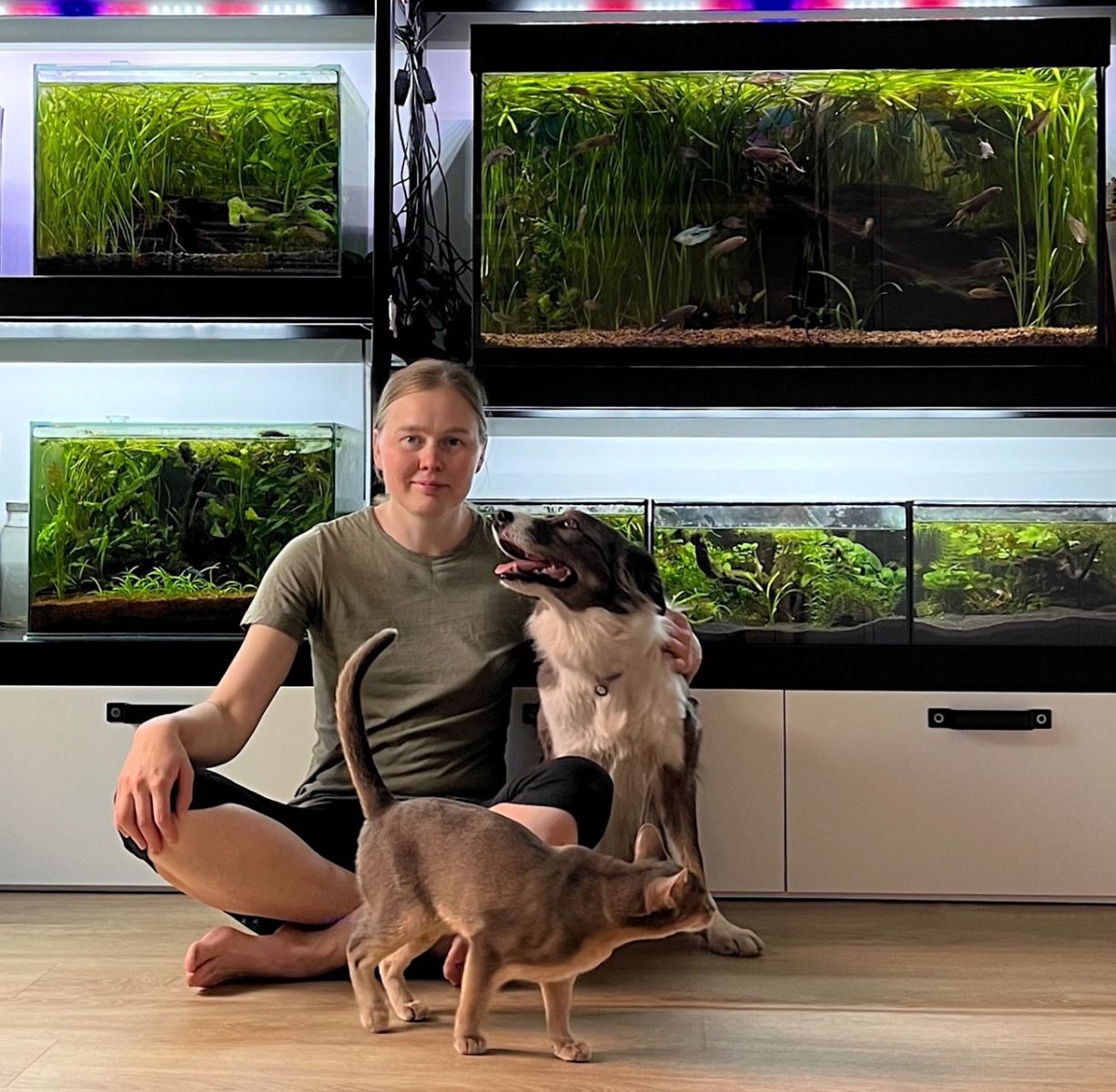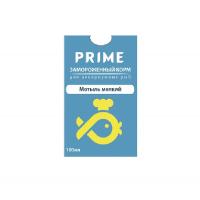What’s going on at the Santa Monica Pier Public Aquarium this week
Автор:
SantaMonicaHelp, в Кают-компания
Рекомендуемые сообщения
Пожалуйста, авторизуйтесь, чтобы оставить комментарий
Вы сможете оставлять комментарии после авторизации
Войти




 Что такое стресс и как с ним справляться? Или можно с ним подружиться? Мы обратились с таким вопросом к психологам. Автор статьи погрузился в эту тему, опираясь на две свои специальности: как аквариумист, и как дипломированный психолог.
На наш взгляд, наблюдение за рыбками и уход за аквариумом оказывает полезное релаксирующее воздействие. Аквариумотерапию можно применять как в пассивном варианте – когда человек просто смотрит на аквариум в кабинете психотерапевта или дома, так в активном, когда человек участвует в уходе за рыбками, кормлении их и чистке аквариума.
Что такое стресс и как с ним справляться? Или можно с ним подружиться? Мы обратились с таким вопросом к психологам. Автор статьи погрузился в эту тему, опираясь на две свои специальности: как аквариумист, и как дипломированный психолог.
На наш взгляд, наблюдение за рыбками и уход за аквариумом оказывает полезное релаксирующее воздействие. Аквариумотерапию можно применять как в пассивном варианте – когда человек просто смотрит на аквариум в кабинете психотерапевта или дома, так в активном, когда человек участвует в уходе за рыбками, кормлении их и чистке аквариума.